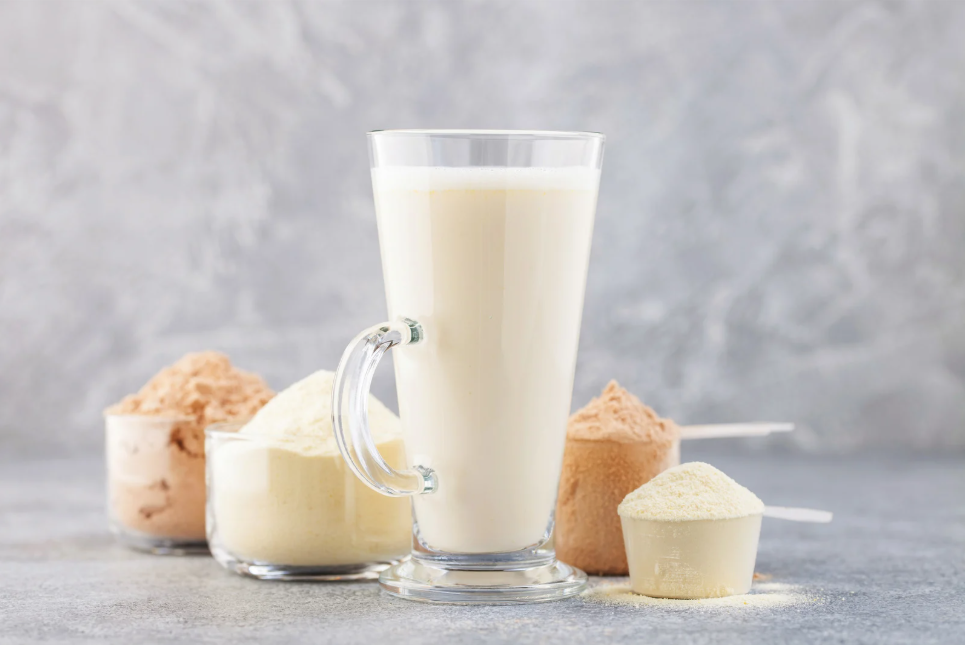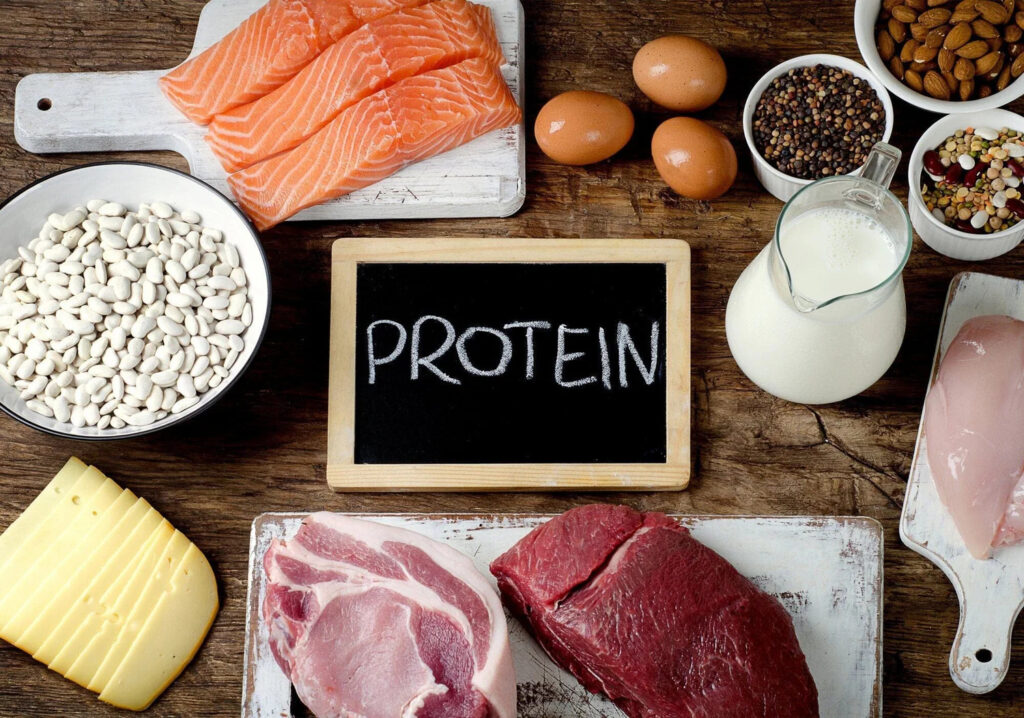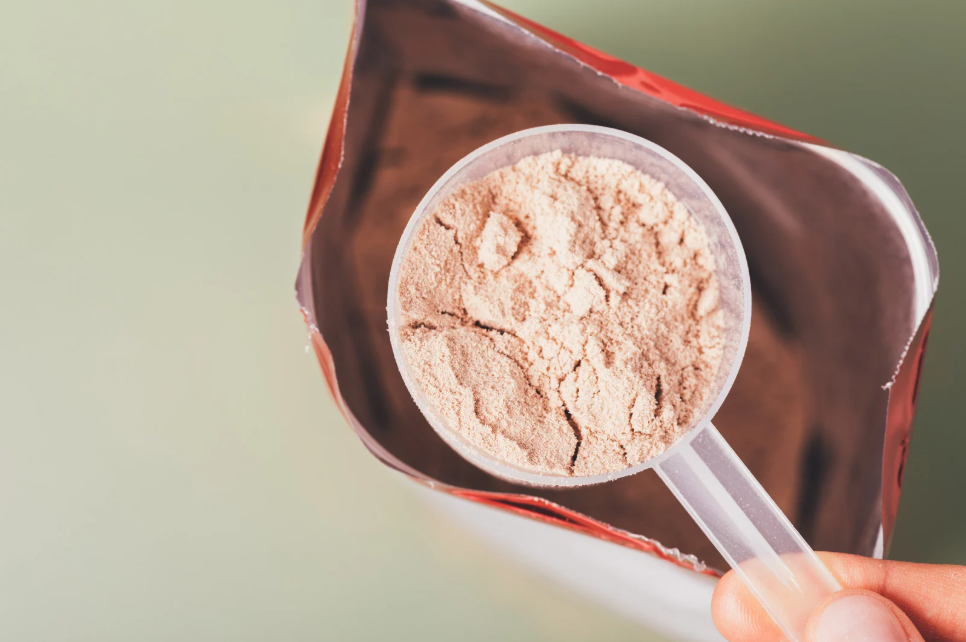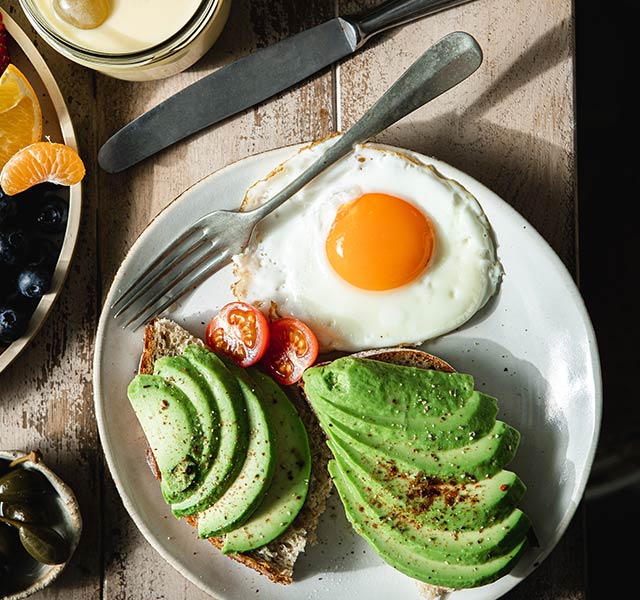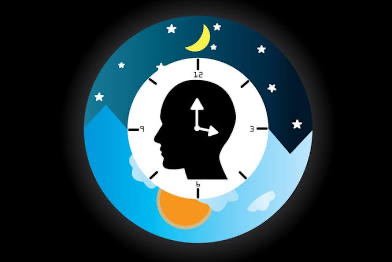After reflecting on my caregiving a couple of weeks ago, I’m turning my attention to the holidays – a time for gratitude, connection, and self-care. Here are some tips for making your Thanksgiving meaningful, nourishing, and joyful.
The holidays are approaching.
Even if you don’t see snow outside, maybe you feel a storm brewing inside—a swirl of lists, events, meals, emotions… So much to do. So little time. Let’s change that. This year, your season can feel calm, grounded, and joyful.
So how can you Stay Calm, Centered & Nourished Through the Holidays?
Let’s walk through 10 tips that nourish your nervous system and support your whole self.

Tip 1: Don’t Arrive Hungry
Show up to events with stable blood sugar and a clear mind.
- Snack on a small protein + healthy carb combo beforehand:
- Almonds + apple
- Hummus + crackers
- Hardboiled egg + carrots
Why? It helps prevent sugar crashes, binge eating, and feeling “stuffed and stressed” later.
Tip 2: Watch Your Yes’s
Your calendar doesn’t need to look like a marathon.
- Choose 1–2 meaningful events per week
- Protect downtime like it’s sacred
- Overscheduling = hormone havoc + nervous system fatigue
- Give yourself permission to say “no” more often.

Tip 3: Take a Break (Yes, You!)
Make “relaxation” a non-negotiable appointment.
- Journal
- Take a walk
- Do nothing for 10 mins
This isn’t indulgent. It’s strategic.
You’ll feel better, think clearer, and enjoy more
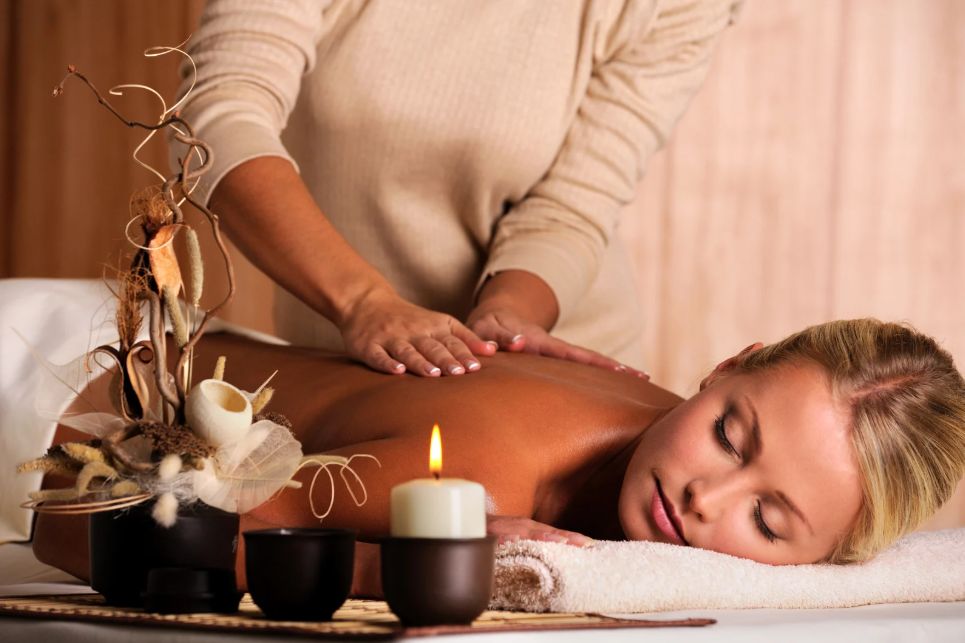
Tip 4: Avoid Overspending
Let go of the pressure to “buy just to buy.”
Gift something small, thoughtful, and health-inspired:
- Massage
- Nutrition consult
- Homemade tea blend
You’re allowed to give within your budget and values.
Tip 5: Stay Home (Really)
You don’t have to travel this year.
- Host instead
- Control the menu, the pace, and the energy
Make your home festive yet simple:
- Candles
- Fruit bowls with mandarins, persimmons, grapes
- Calm music
You can be surrounded by joy without being overwhelmed.
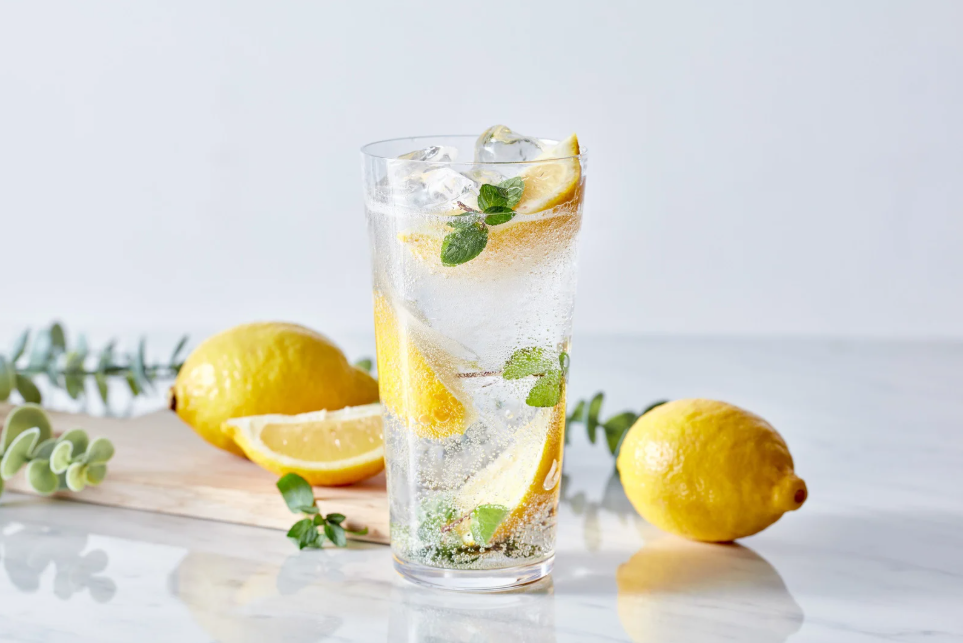
Tip 6: Limit Alcohol
Alcohol may soothe nerves short-term, but long-term it fogs focus.
Try:
- Sparkling water with lime
- Chai tea or golden milk
- Cranberry + seltzer
Balance it out with hydration and clarity.
Tip 7: Take Your Supplements
Support your body’s stress resilience.
- Vitamin C + B Complex
- Herbs like Ashwagandha or Holy Basil
- A quality multivitamin + immune formula
The holidays deplete nutrients. Be proactive—not reactive.
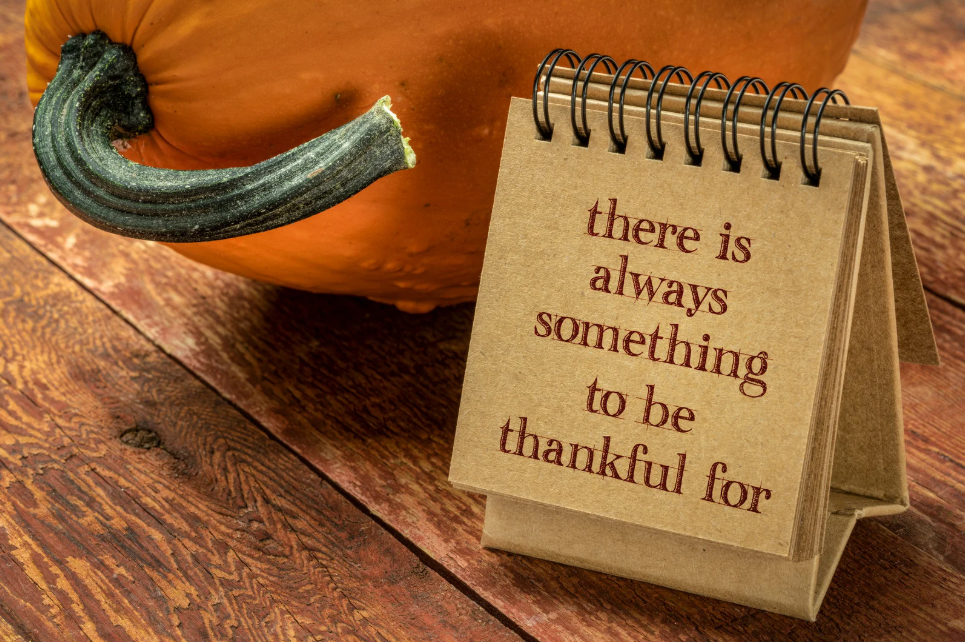
Tip 8: Appreciate What You Already Have
Pause to reflect…
Who fills your life with meaning?
What accomplishments are you proud of this year?
Gratitude softens stress, reduces emotional overeating, and brings you back to center.
Start each evening by naming 3 things you’re thankful for.
It’s better than a sleeping pill.
Tip 9: Don’t Skimp on Sleep
Your nervous system needs rest to cope.
- Aim for 7–8 hours/night.
- Power down 1 hour before bed (no screens!)
- Take 10–20 min recharge breaks midday.
Sleep is your Vitamin S—essential for healing, energy, and emotional balance.
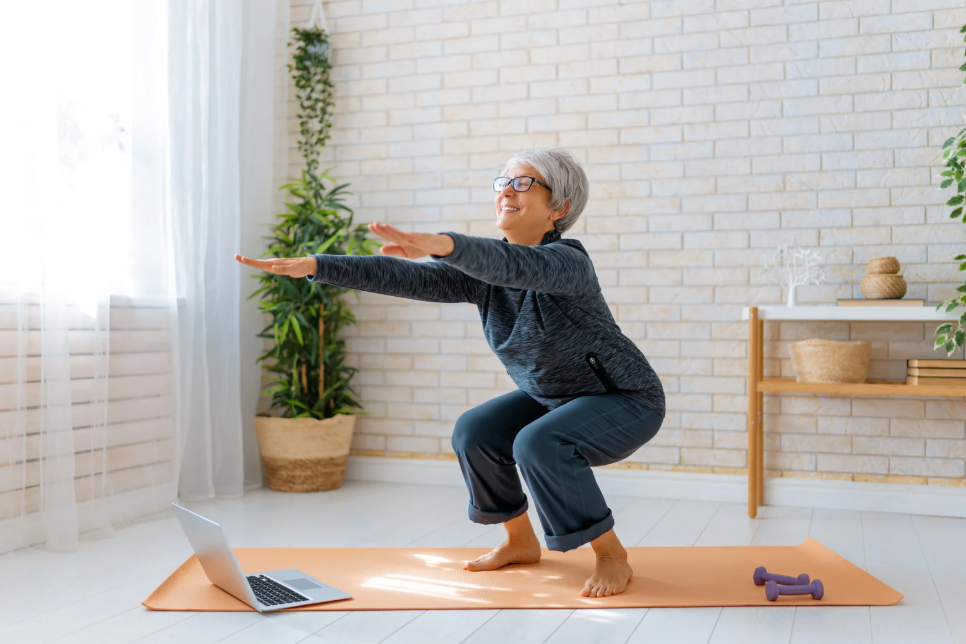
Tip 10: Move Your Body
Holiday movement = stress relief + joy (not punishment).
- Morning Walk before big meals
- Dance in your living room
- Stretch while the kettle boils
Wait 2–3 hours after eating before exercising for better digestion and energy.
Your Calm, Nourished Season Starts Now
The holidays don’t have to be a blur of overwhelm. By honoring your rhythms, needs, and boundaries…
You can experience the season with peace, vitality, and presence.
Which of these tips will you start with?
Let’s make it a heartfelt, healthy holiday – together.

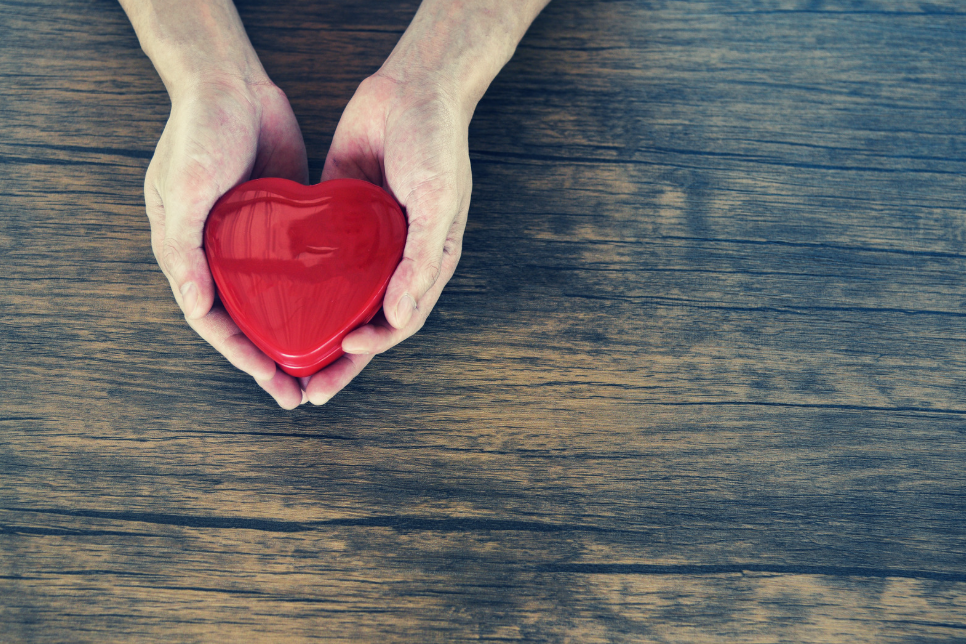

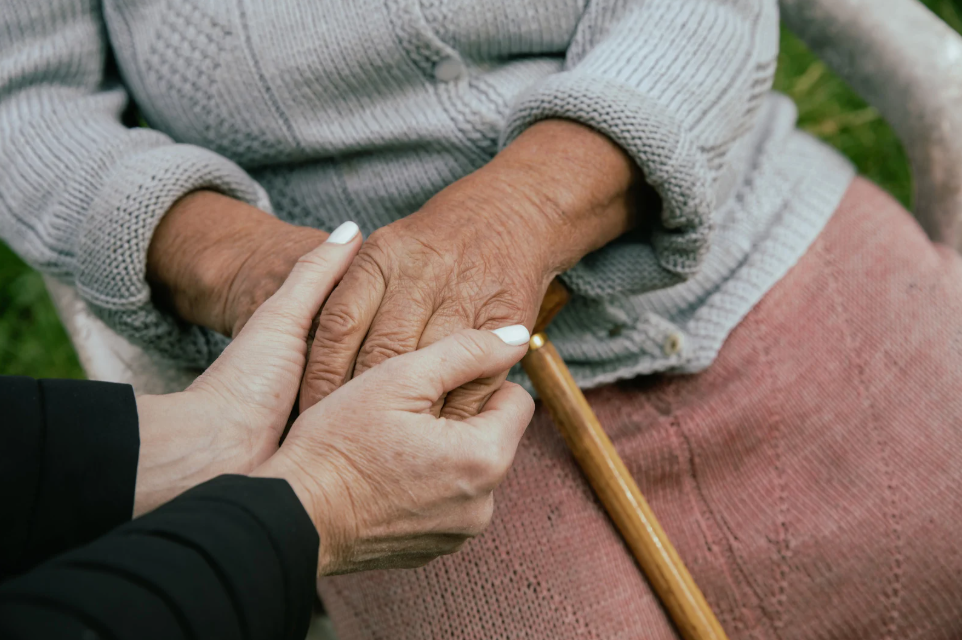

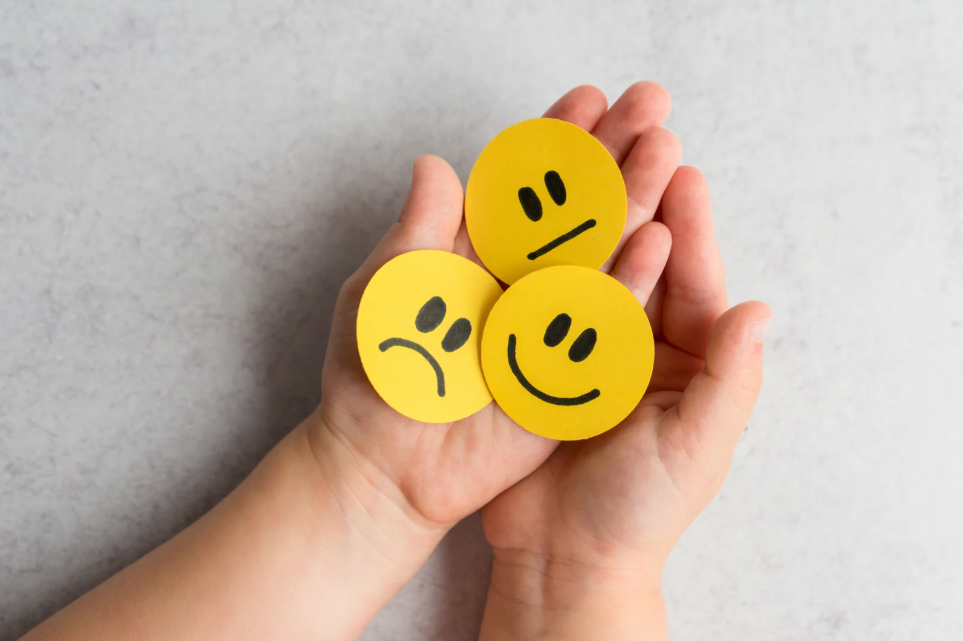

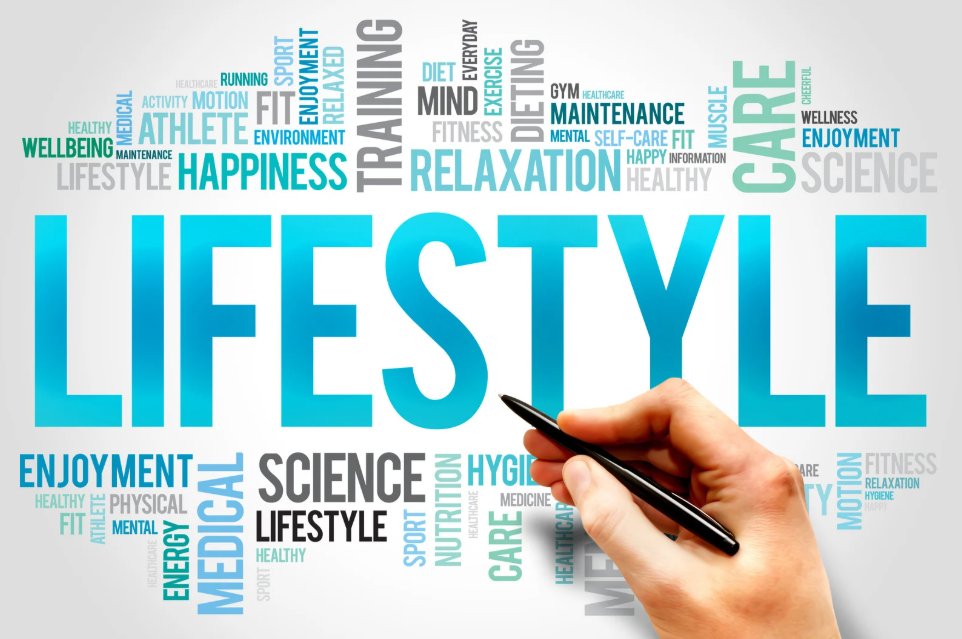
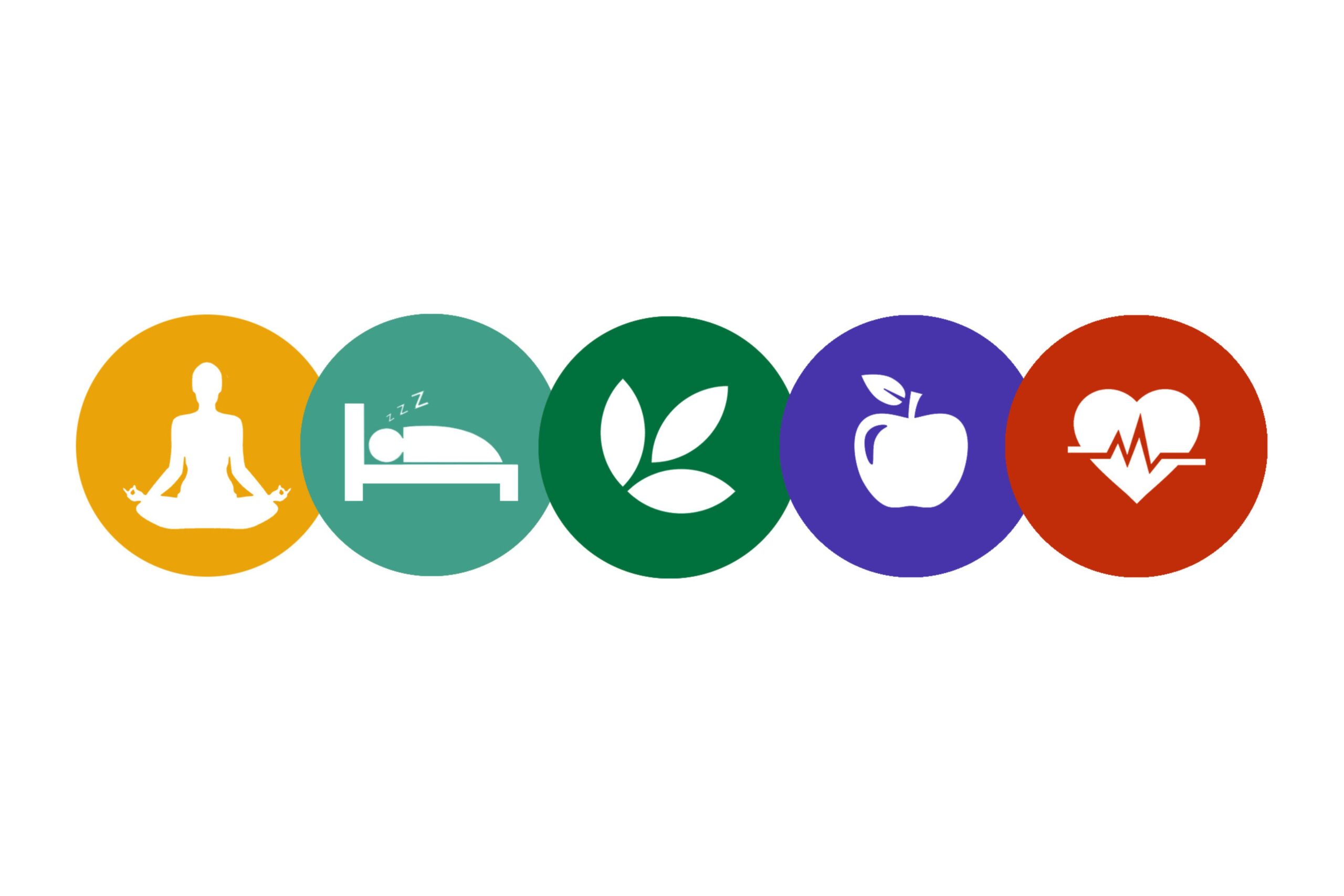


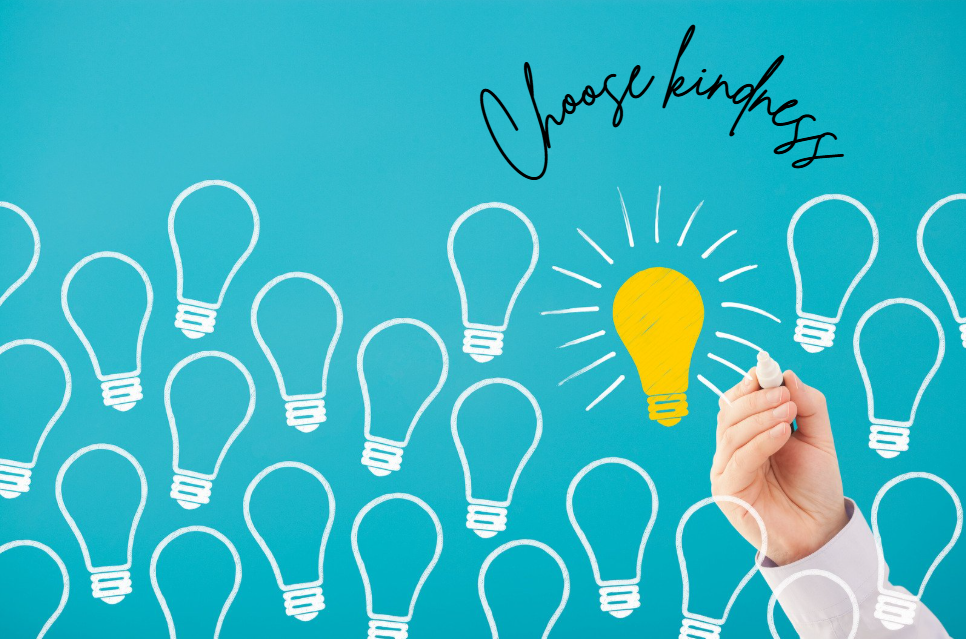


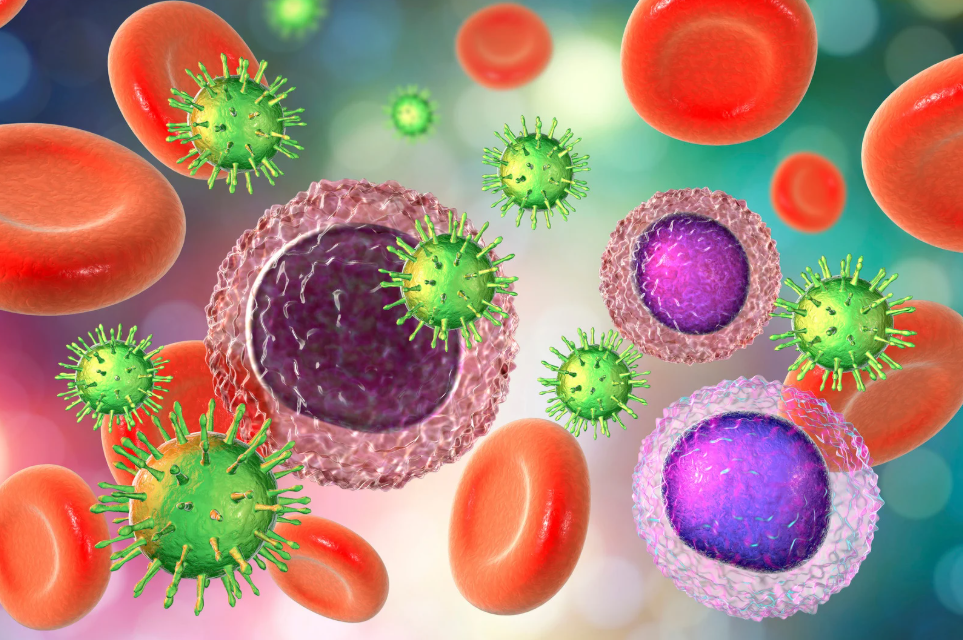
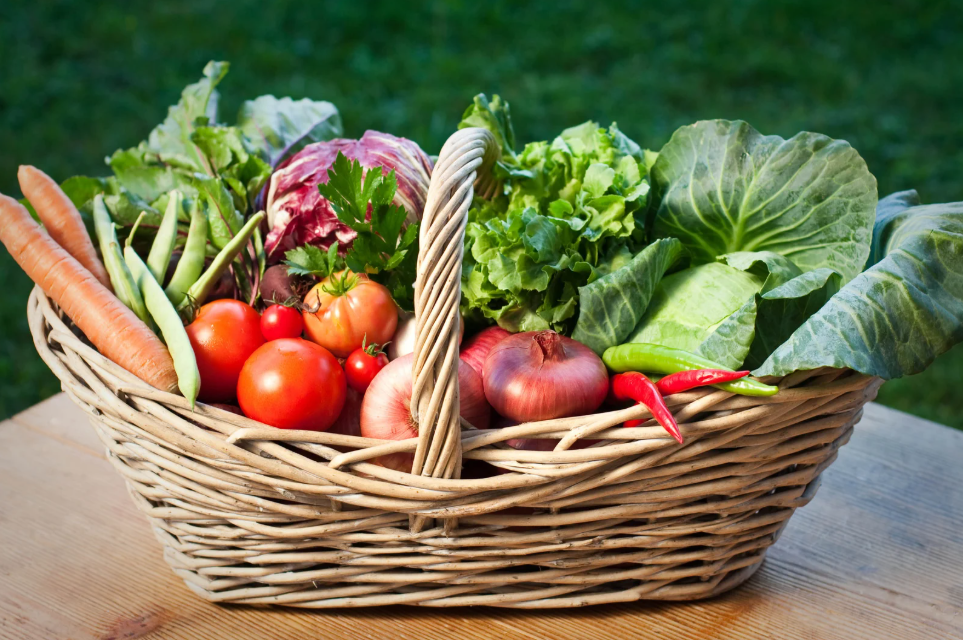

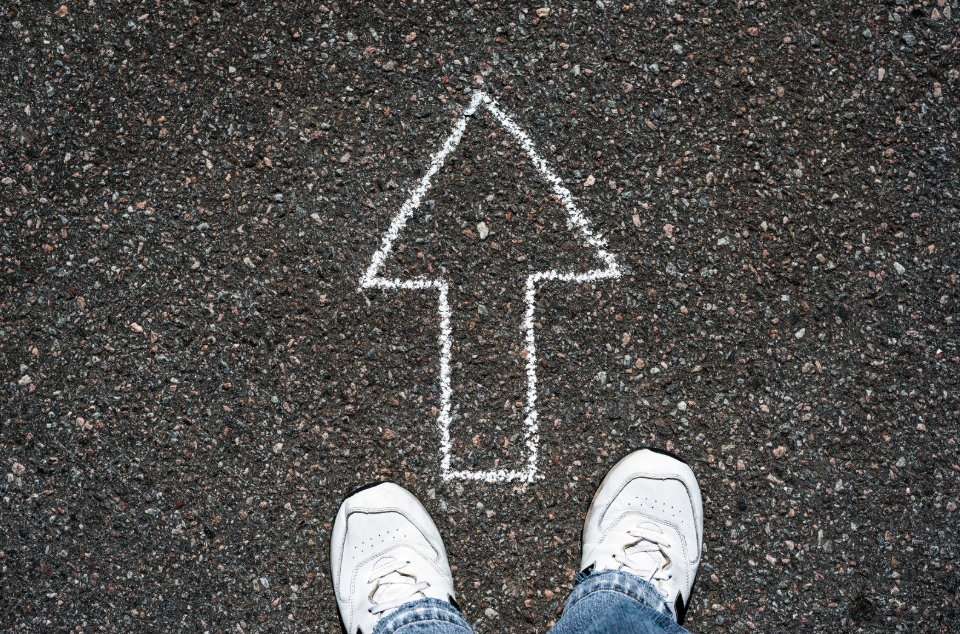

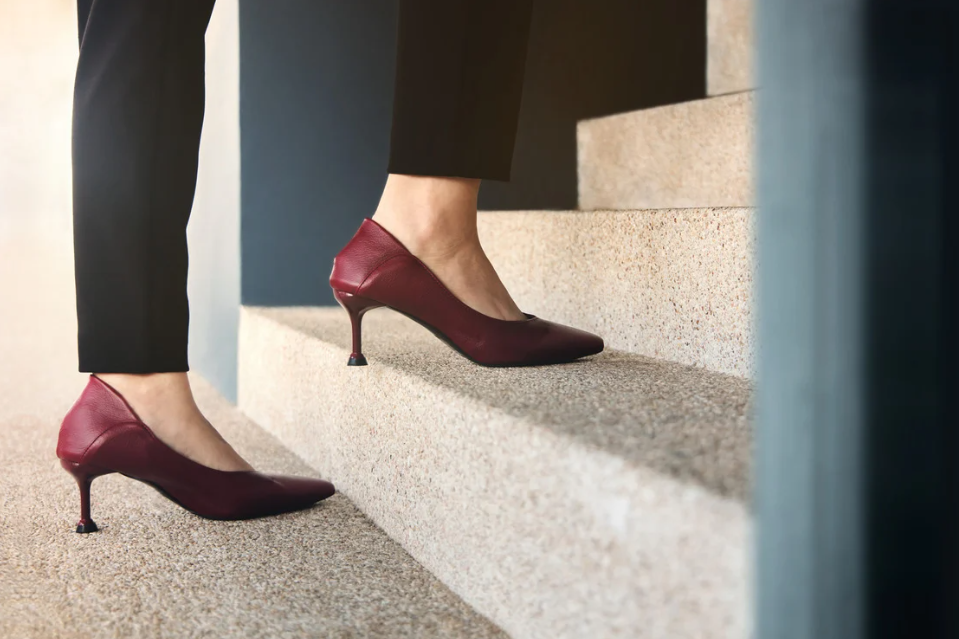
 Ready for Your Next Dance Step?
Ready for Your Next Dance Step? Book your complimentary “Next Step” call today, and let’s find the moves that keep you in motion — for life.
Book your complimentary “Next Step” call today, and let’s find the moves that keep you in motion — for life. 818-991-4560 or email me at:
818-991-4560 or email me at: 